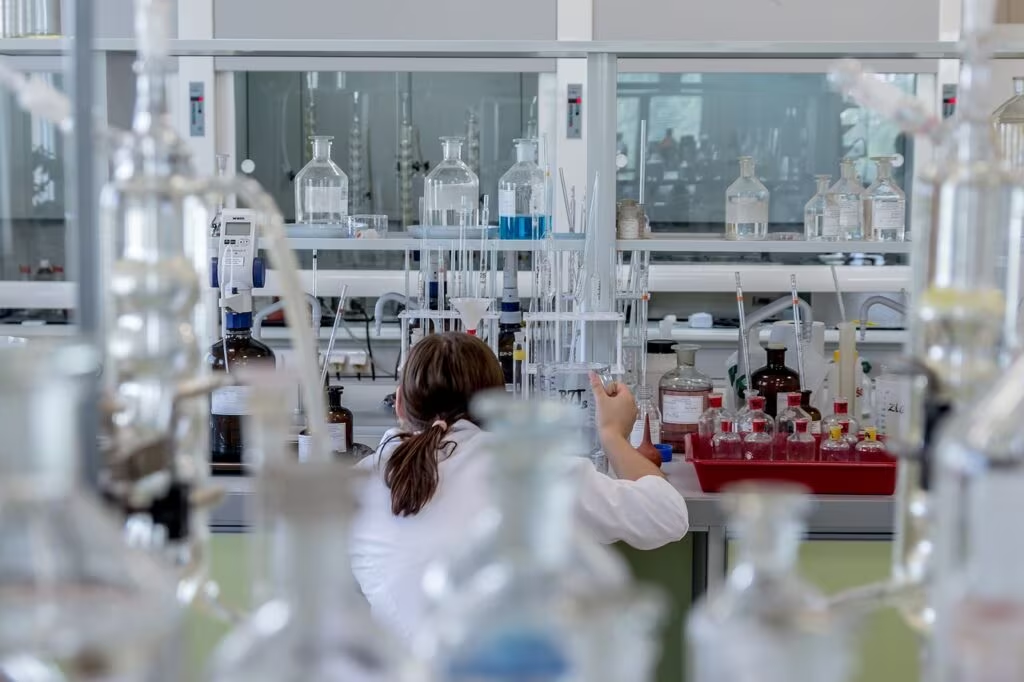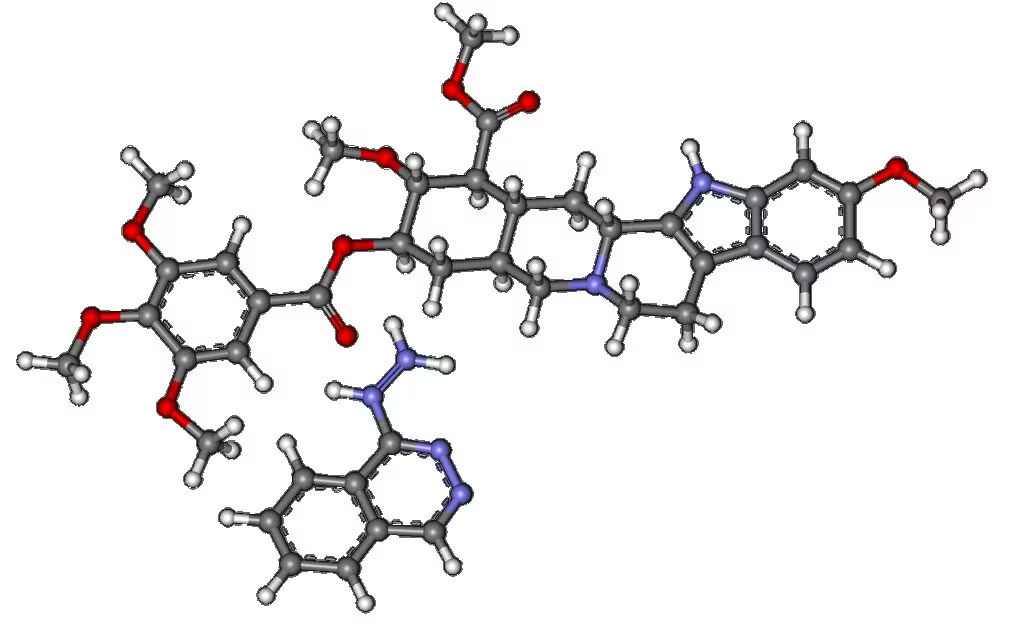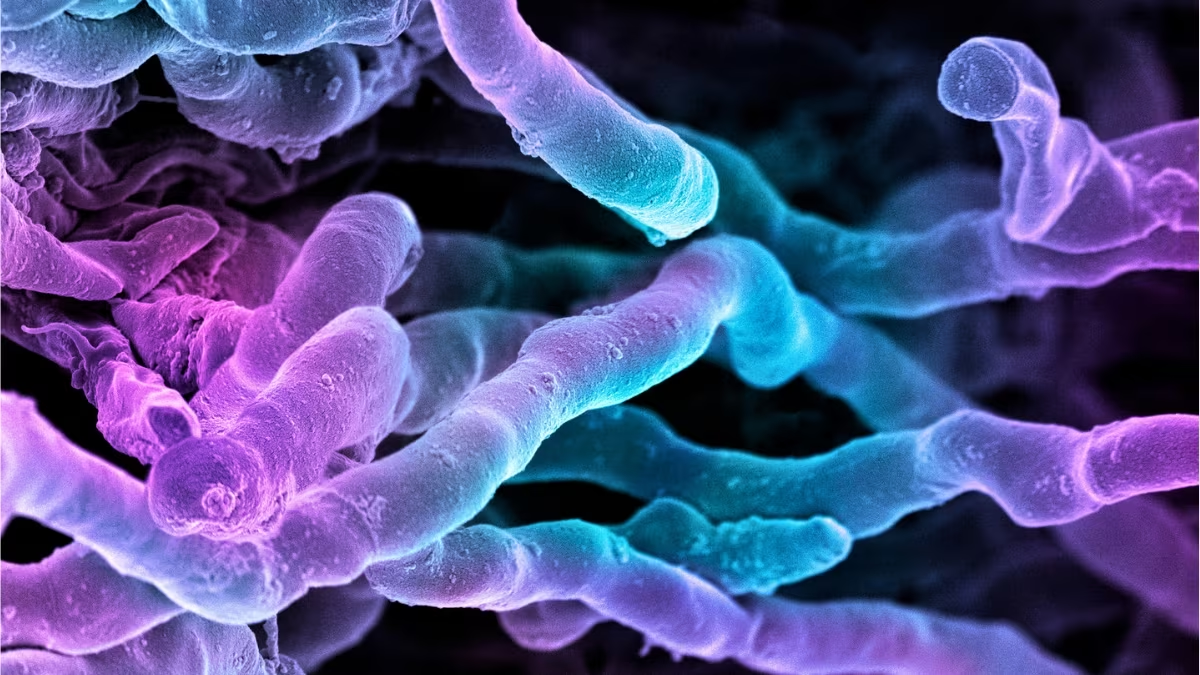A Breakthrough in the Fight Against Superbugs
The global crisis of antimicrobial resistance (AMR) demands radical new approaches to drug discovery. In a significant scientific breakthrough, researchers have identified a powerful new antibiotic compound that was, remarkably, hiding in plain sight within a well-known family of antibiotics for decades. This discovery demonstrates that the solution to the superbug crisis may not always require synthesizing entirely new molecules, but rather revisiting and re-evaluating the complex chemistry of existing natural sources.
The compound, identified as pre-methylenomycin C lactone, is derived from the Streptomyces genus of bacteria—a prolific source of antibiotics that has yielded over two-thirds of all clinically used antibacterial drugs. While the parent compound, methylenomycin, has been known since the 1970s, this specific, highly potent derivative was previously overlooked, dismissed as merely an inactive precursor in the biosynthetic pathway.

The Discovery of Pre-Methylenomycin C Lactone
Revisiting the Streptomyces Factory
Streptomyces bacteria are renowned for their ability to produce a vast array of secondary metabolites, many of which possess antimicrobial properties. The family of compounds known as methylenomycins, produced by Streptomyces coelicolor, has been studied extensively for nearly fifty years. However, the focus traditionally centered on the most abundant, final products.
The recent research, published in a leading scientific journal, utilized advanced analytical techniques—including high-resolution mass spectrometry and nuclear magnetic resonance (NMR) spectroscopy—to meticulously map the entire biosynthetic pathway of the methylenomycin family. This detailed investigation revealed that one of the intermediate molecules, pre-methylenomycin C lactone, possessed potent antibacterial activity far exceeding that of the final, known methylenomycin products.
Crucially, the compound was found to be effective against several clinically relevant, drug-resistant pathogens. This finding challenges the long-held assumption in natural product chemistry that only the final, stable molecules in a pathway are the active agents.
A Potent New Mechanism of Action
While the full mechanism of action is still under investigation, early results indicate that pre-methylenomycin C lactone works differently from many current antibiotics, which is vital for overcoming resistance. It appears to interfere with essential bacterial processes, potentially targeting a novel pathway or structure within the bacterial cell wall or DNA replication machinery.
This distinct mechanism is what makes the discovery so promising. Bacteria that have evolved resistance to common drugs like penicillin or vancomycin often rely on specific resistance mechanisms (e.g., modifying the drug target or pumping the drug out). A novel compound with a unique target offers a way to bypass these established resistance mechanisms.
Context: The Shadow of Antimicrobial Resistance (AMR)
The identification of any new antibiotic is a cause for cautious optimism, given the escalating global health threat posed by AMR. According to the World Health Organization (WHO), drug-resistant infections are projected to become a leading cause of death worldwide by 2050 if the current trajectory continues.

The Antibiotic Discovery Drought
For decades, the pipeline for new antibiotics has been drying up. Most new drugs introduced in the last 30 years have been modifications of existing classes, meaning bacteria quickly develop cross-resistance. The last truly novel class of antibiotics was discovered many years ago.
This lack of innovation stems from several factors:
- Difficulty in Discovery: Finding compounds that are both effective against bacteria and safe for human cells is extremely challenging.
- Economic Disincentives: Antibiotics are typically used for short courses, making them less profitable than drugs for chronic conditions, leading pharmaceutical companies to deprioritize research.
The discovery of pre-methylenomycin C lactone validates a crucial research strategy: mining known natural sources more deeply. Instead of focusing solely on new soil samples or synthetic libraries, researchers can apply modern, high-throughput screening and analytical chemistry to the vast library of compounds already identified but not fully characterized.
“This finding underscores the importance of revisiting the chemistry of well-studied natural products. We often focus on the end product, but the intermediates in the biosynthetic pathway can hold unexpected and powerful secrets,” stated one of the lead researchers involved in the study.
Implications and The Road Ahead
While the discovery is scientifically thrilling, it is essential to maintain perspective regarding its clinical availability. The journey from initial compound identification to an approved drug is long, expensive, and fraught with challenges.
Stages of Development
- Preclinical Testing: Extensive testing is required to determine the compound’s toxicity, stability, and efficacy in animal models. This phase can take several years.
- Clinical Trials (Phases I, II, and III): The compound must be tested in humans to ensure safety, determine optimal dosage, and prove effectiveness against infections.
This process typically takes 10 to 15 years and costs hundreds of millions of dollars. The vast majority of promising compounds fail during preclinical or early clinical stages due to toxicity or lack of efficacy in human subjects.

Broader Impact on Research Strategy
The success in identifying pre-methylenomycin C lactone is expected to catalyze a shift in antibiotic discovery efforts globally. Researchers are now more likely to:
- Re-screen Existing Libraries: Apply modern analytical tools to natural product libraries collected decades ago.
- Focus on Intermediates: Specifically target and isolate precursor molecules in known biosynthetic pathways, rather than just the final products.
- Utilize Synthetic Biology: Use genetic engineering to manipulate Streptomyces and other producing organisms to increase the yield of these newly identified, potent intermediate compounds.
This approach offers a faster route to novel chemical structures than traditional random screening, providing a much-needed boost to the stagnant field of antibiotic development.
Key Takeaways
This breakthrough offers a beacon of hope in the ongoing battle against drug-resistant bacteria by demonstrating the untapped potential within existing scientific knowledge.
- The Compound: The potent new antibiotic is pre-methylenomycin C lactone, a molecule previously considered an inactive precursor.
- The Source: It is derived from Streptomyces coelicolor, a well-known antibiotic-producing bacterium.
- The Significance: It exhibits strong activity against drug-resistant pathogens and possesses a potentially novel mechanism of action, crucial for overcoming current resistance.
- The Strategy: The discovery validates the strategy of using advanced analytical techniques to revisit and deeply analyze the biosynthetic pathways of known natural product producers.
- The Timeline: While promising, the compound is still in the preclinical phase, meaning it is years away from potential human use.
Conclusion
The identification of pre-methylenomycin C lactone serves as a powerful reminder that scientific breakthroughs often occur not just by looking forward, but by looking again. By applying 21st-century technology to 20th-century discoveries, researchers have unlocked a potent weapon against the growing threat of superbugs. This shift in focus—from seeking entirely new organisms to meticulously analyzing the complex chemistry of the known world—may prove to be the most effective strategy in replenishing the world’s dwindling supply of effective antibiotics.
Original author: David Nield
Originally published: October 30, 2025
Editorial note: Our team reviewed and enhanced this coverage with AI-assisted tools and human editing to add helpful context while preserving verified facts and quotations from the original source.
We encourage you to consult the publisher above for the complete report and to reach out if you spot inaccuracies or compliance concerns.

